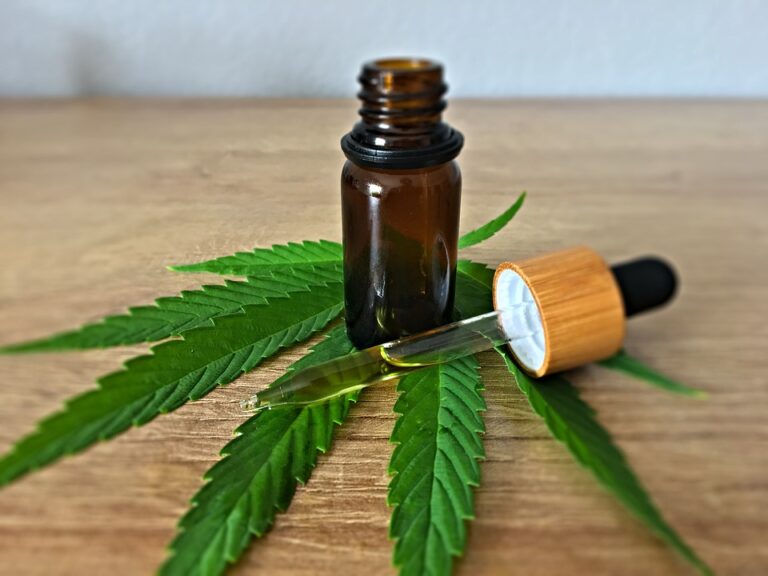A non-psychoactive form of cannabis has swept America in the 2010s: cannabidiol (CBD). It wasn’t that long ago that even cannabis enthusiasts would have given you a quizzical look had you asked them about CBD, but now, millions of Americans, from Alaska to Arkansas and California to Connecticut are embracing CBD cartridges, oils, edibles, capsules, syrups, e-liquids, flowers, creams and concentrates.
This raises a few questions. Why is CBD only just starting to make an impact? Does CBD really work, and if so what for? Is CBD a better therapeutic option than regular medical marijuana? And crucially, is CBD here to stay? Here’s the truth you need to know.
Why now?
CBD was first isolated in Israel back in 1962, a year before researchers isolated delta-9-tetrahydrocannabinol (THC), the key psychoactive part of marijuana. But it took over 50 years for CBD to start hitting the mainstream, following the legalization of hemp products.
For much of the past few decades, researchers were curious and confused about CBD. Studies gradually came in suggesting the cannabinoid had therapeutic benefits, but nobody could explain how the compound was exerting them. Dr Raphael Mechoulam, the Israeli scientist who helped isolate THC and CBD in the first place, suspected that the body had a natural cannabis system where these compounds were working most of their magic.
At the start of the 1990s, Mechoulam’s suspicions were proven correct, as scientists – again in Israel – came across the endocannabinoids and cannabinoid receptors that make up the endocannabinoid system (ECS). The vast majority of CBD’s effects occur here. While the compound does not bind to their CB1 or CB2 receptors, it helps to indirectly promote the regulation of both.
These incredible medical discoveries could certainly have been made a lot sooner had cannabis not been banned by governments around the world for so long. In the US, keeping cannabis and its derivatives as Schedule 1 substances with no medicinal value has made research difficult, and severely stifled scientific progress. Hopefully now that there are so many potential benefits, this field of science will get the funding it deserves and so desperately needs.
What does CBD work for?
As of December 2019, the Food and Drug Administration (FDA) has only approved CBD as an anti-seizure medication for unusual, intractable epilepsies. However, this is due to a lack of clinical trials more than anything else. CBD users will tell you that products have a range of medicinal properties, and that it’s just a matter of time before these are confirmed.
Judging by user trends, CBD is an effective painkiller, which could not be more appropriate given the major problems with addictive pharmaceutical opioids. CBD also has anti-inflammatory effects that could challenge the dominance of NSAIDs going forward. Many speak highly of CBD’s anti-anxiety effects, and research indicates that CBD could be useful for depression by treating inflammation in the brain and repairing damaged areas.
Beyond that, CBD may help with stress, sleep, autoimmune diseases, nausea and appetite. In addition, infused topical products are promising for skin complaints, bacterial infections and aging.
Is CBD better than medical marijuana?
The short answer here is yes and no. THC often gets bad press for having psychoactive effects, and there is a misunderstanding that CBD has “all the benefits” of marijuana with just the high taken out. The truth is that THC also has beneficial effects, some of which cannot be obtained from CBD. For instance, some children receiving medical marijuana treatment for epilepsy only respond to oils containing THC, too.
There is also a theory that full-plant cannabis is better than isolating out any of the compounds, because cannabinoids generate a synergy when used in conjunction, known as the ‘entourage effect’. This may be true in parts, however there are cases where THC can be a negative, such as for anxiety. In this situation, a pure CBD treatment may have a more helpful medicinal effect than a full-plant solution.
Going forward, there should be a place for both pure CBD, full-spectrum CBD with less than 0.3% THC, and medical marijuana products with a combination of CBD and THC.
Is CBD here to stay?
With so many states legalizing cannabis, and hemp now legal throughout the country, CBD looks to have a bright future – it’s certainly moving in the right direction. The signs are good for CBD, not just because of all the likely benefits, but because of its relative safety as well. Sure, CBD is non-intoxicating, but it’s non-addictive and well-tolerated, too!











